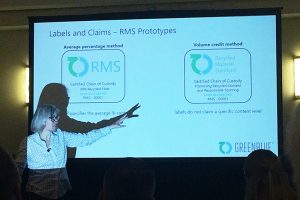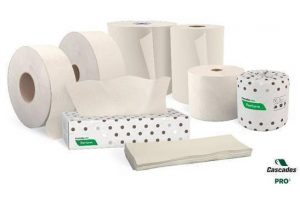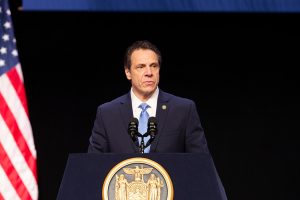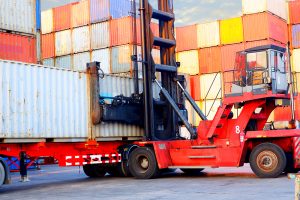
GreenBlue’s Laura Thompson presents at SPC Impact.
Hundreds of packaging stakeholders came together in early April in Seattle to talk sustainability. And recycling factored into the conversation in a number of ways.

GreenBlue’s Laura Thompson presents at SPC Impact.
Hundreds of packaging stakeholders came together in early April in Seattle to talk sustainability. And recycling factored into the conversation in a number of ways.

In response to fiber market conditions, a manufacturer has started mixing OCC and white recovered papers together to create a cheaper line of tissue products.

Chris Cui on stage at the 2019 Plastics Recycling Conference and Trade Show.
Although the recycling relationship between the U.S. and China was hampered by scrap material restrictions, an expert says companies in both countries can help each other.

Equipment at the facility of polystyrene processor Agilyx, one of the companies mentioned in the Closed Loop Partners report.
At least 60 organizations are working to scale up depolymerization, pyrolysis and other emerging plastic processing methods. The North American market for the resulting products could top $100 billion annually.
 New York state lawmakers declined to expand the state’s container deposit program to include additional beverages, but they approved a ban on single-use plastic bags.
New York state lawmakers declined to expand the state’s container deposit program to include additional beverages, but they approved a ban on single-use plastic bags.
 The Chinese government last week issued its latest round of recovered paper import permits, approving 2.5 million tons.
The Chinese government last week issued its latest round of recovered paper import permits, approving 2.5 million tons.

After a three-year gap, curbside acceptance of glass has resumed in America’s fourth-largest city.
 Chinese officials doubled down on plans to ban virtually all recovered material imports by the end of the year, despite opposition from U.S. interests.
Chinese officials doubled down on plans to ban virtually all recovered material imports by the end of the year, despite opposition from U.S. interests.

